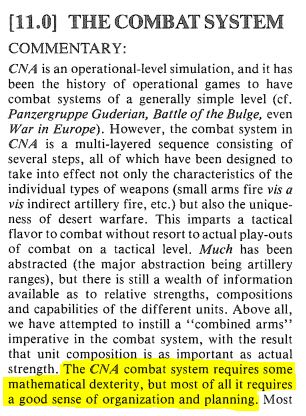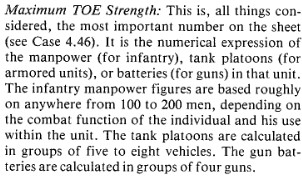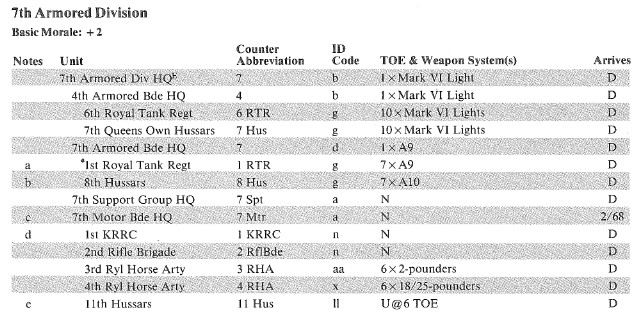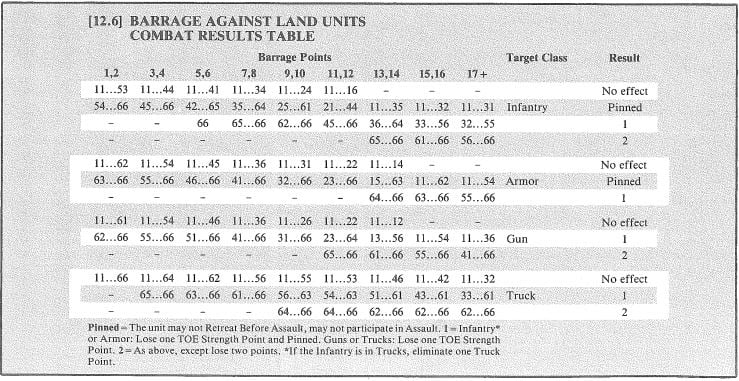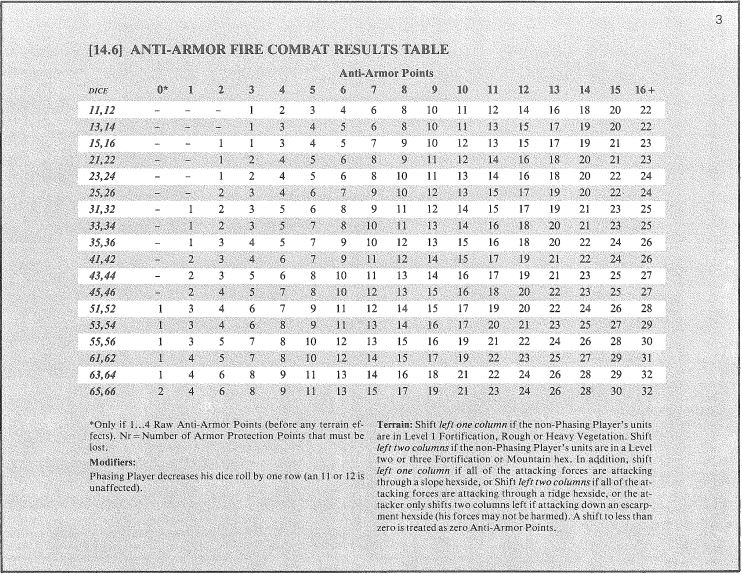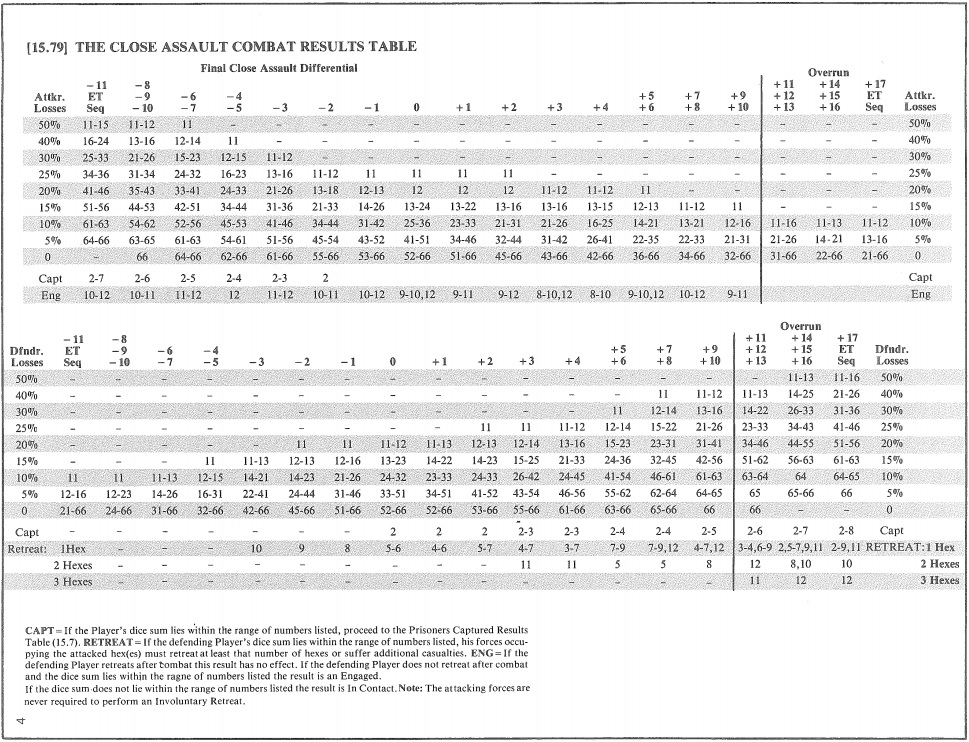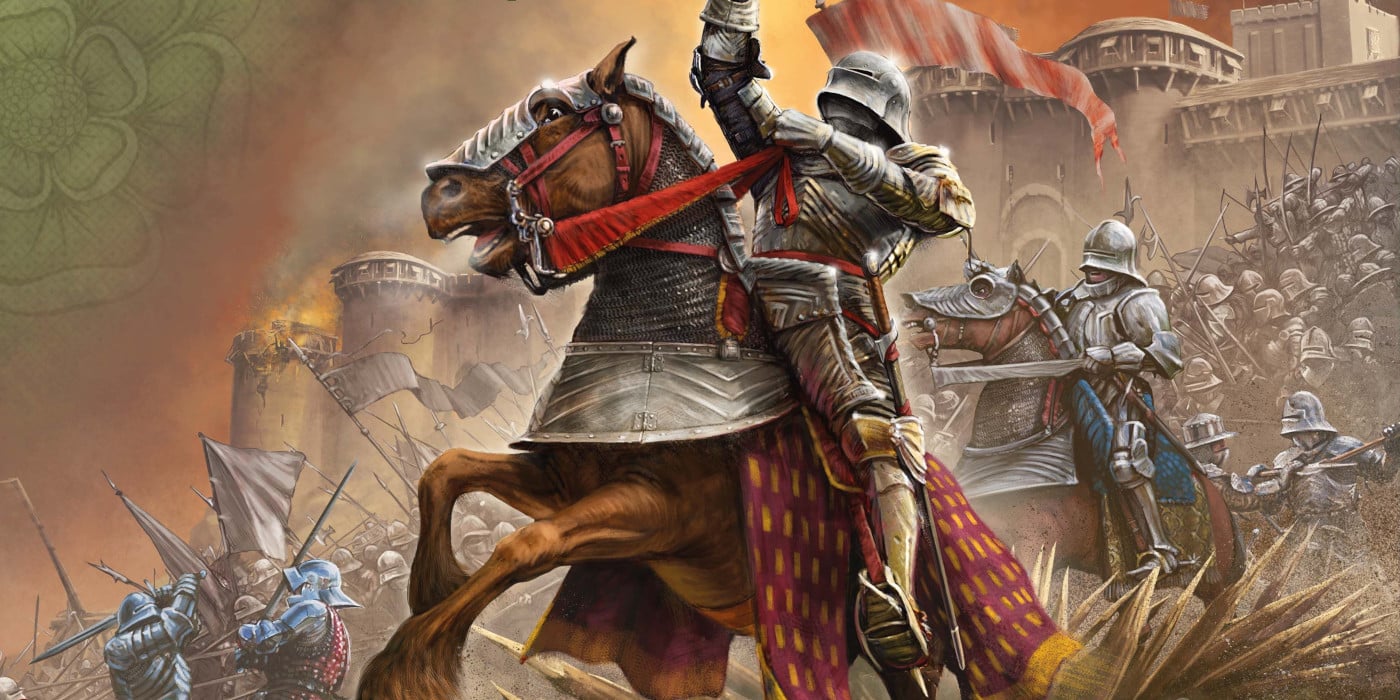The Combat of the Logistical Nightmare of ‘The Campaign For North Africa’
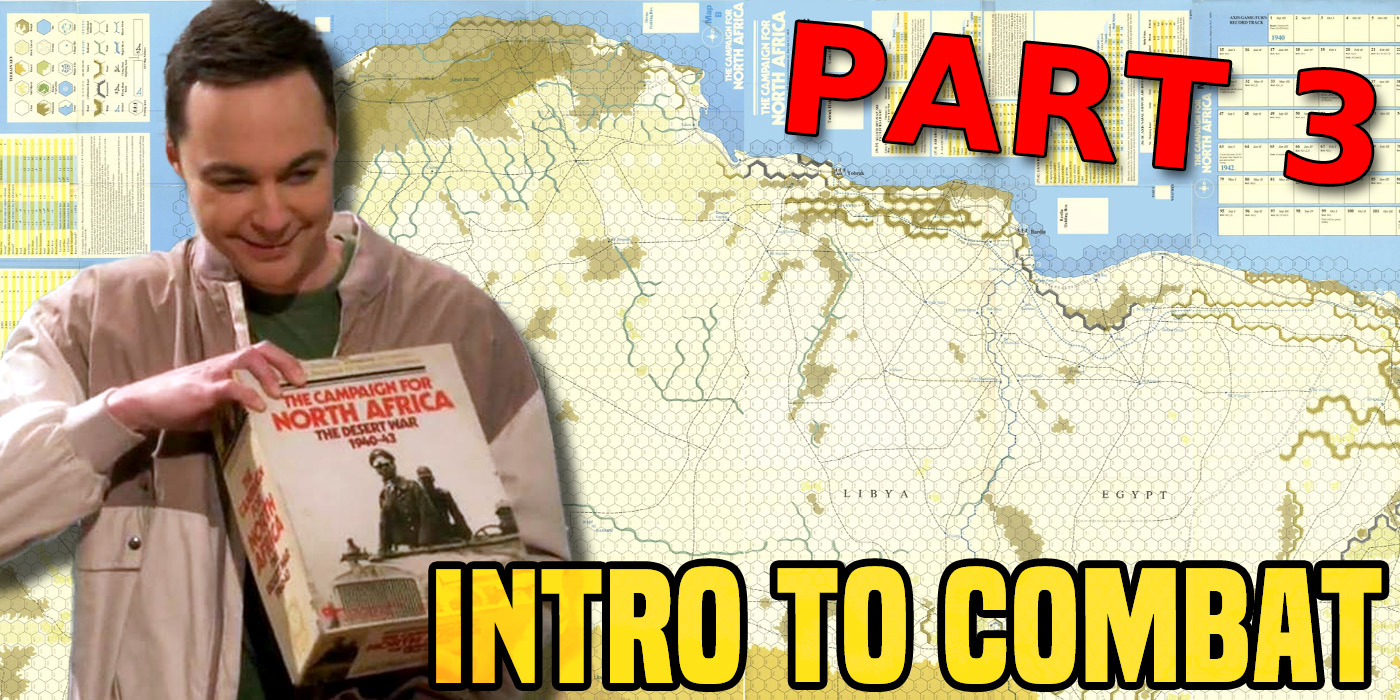
Campaign for North Africa has the most in-depth and complicated combat system ever created. Today, we look at how players kill each other.
Welcome back to this continuing look at The Campaign for North Africa, the most complicated war game ever made. If you’re unsure what this monstrosity is, I recommended checking out the previous entries:
- The Logistical Nightmare That is ‘The Campaign For North Africa’ which gives a broad overview
- The Logistics of the Logistical Nightmare That is ‘The Campaign for North Africa’ which shows the complexity of moving a single unit
Today, we look at combat. It’s pretty important to a wargame, so it seems a logical next step. Like most of CNA, the combat system isn’t complicated just kinda tedious. To quote the rulebook itself:
“The CNA combat system requires some mathematical dexterity, but most of all it requires a good sense of organization and planning.”

WARNING
If you’re scared of tables, turn back now.
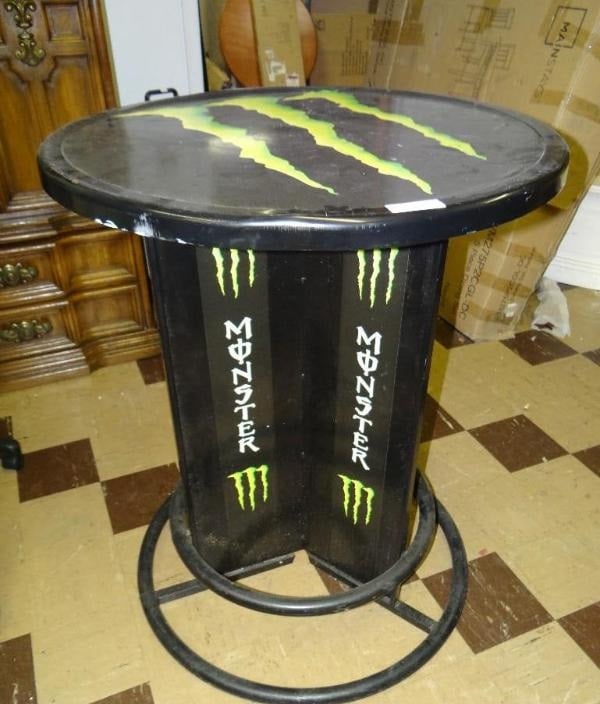
Basics of Combat in Campaign For North Africa
To maintain a semblance of realism, Campaign For North Africa uses somewhat of a “you-go-I-go” combat order sequence. However, there are some differences. The active player is known as the ‘phasing player.’
Combat occurs after all players have moved. The phasing player gets their full movement, and the non-phasing player gets movement reactions. The phasing player must attack all enemy-occupied hexes which have units exerting Zones of Control upon friendly units.
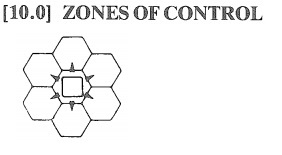
A unit’s Zone of Control (ZOC) is the six hexes surrounding it. Not all units have a ZOC, but most ground combat units do. Things like aircraft, ground support units, warships, minefields, and any combat unit with a Cohesion Level of -26 or worse do not have a ZOC. Things like terrain also affect a unit’s ZOC.
During movement, the non-phasing player must inform the phasing player if a unit could exert a ZOC into a hex that that phasing player has moved a unit into or one in which a unit begins its movement. Sort of like calling ‘Check’ in Chess.
3, 2, 1, FIGHT!
First, a broad overview of combat. Then we will get into each section in more detail. Combat is broken down into 4 ‘combat activities’.
- Artillery Barrage
- Retreat Before Assault
- Anti-Armor
- Close Assault
The barrage begins, and each player secretly determines which of their units will barrage which enemy hexes. Players barrage at the same time, hex by hex, but casualties are not removed until after all barrages are complete.
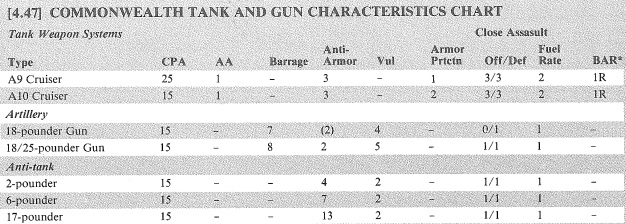
The non-phasing player may now Retreat Before Assault with any units not pinned during the barrage.
Both players then secretly assign units to anti-armor and/or close assault roles. Any unit with an Anti-Armor rating may be assigned to Anti-Armor. This is done by dividing the TOE Strength Points between them.
TOE (Table of Organization and Equipment) Strength Points represent the forces required to fight effectively. It’s a very important stat for any unit. It’s sort of like their Hit Points in a lot of ways.
TOE Strength Points are basically how many people/weapons in the unit, which determines how many things they can shoot at. Each unit will have its TOE and weapon system listed on its Unit Characteristics table. If a unit is below a minimum TOE Strength, it is considered a Shell Unit.
Both sides engage in Anti-Armor Fire. All results are taken before moving into Close Assault.
Barrage
Players assign Barrage Points to each hex they wish to barrage.
Each barrage is resolved by rolling two dice and combining them such that the lower result is stated before, the higher (i.e., rolling “2” and “5” would grant “25”). The result is cross-referenced in the table above for the number of Barrage Points spent, the dice results, and the targeted unit’s type.
The unit will either be unaffected, Pinned, or Pinned and lose 1 or 2 TOE Strength Points. Pinned units can not Retreat Before Assault does not partake in Close Assault.
Retreat Before Assault
Retreat Before Assault is pretty self-explanatory and straightforward, which is surprising considering those are two terms I would never use when describing Campaign for North Africa.
RBA works just like normal movement does. The non-phasing player expends CPA and Fuel, with extra costs for Break Off or Retreat to move any units in combat. Units may not RBA from one enemy ZOC into another.
Anti-Armor
In this phase, units with an Anti-Armor rating will fire upon units with an Armor Protection Rating. Anti-Armor firing is simultaneous for both players.
Similar to Barrage, Anti-Armor fire is determined by rolling two dice for each volley of fire on each hex. The firing player references the above table to determine the damage dealt with the Anti-Armor Points spent and the results of the dice roll to determine how much damage was dealt.
The defending player then gets to allocate that damage to units within that hex, removing TOE Points from units with Armor Protection Rating. However, this damage is not dealt until all Anti-Armor attacks have been made.
Close Assault
Unlike the previous combat phases, Close Assault does not happen simultaneously. The phasing player chooses a hex to assault and combat begins there.
Close Assault works with a differential point system. Both players determine the Close Assault Points they are expending towards the combat. Then the defender subtracts their Points from those of the attacker to determine the differential. Each player rolls two dice as before and consults the chart below.
Unlike in other combat phases, casualties are taken immediately before moving on to the next hex’s Close Assault.
Both players then take the sum of that dice roll to determine if the units are engaged, also how many of their losses are due to being captured and if their units retreat. The players check to see if the sum of their combat roll matches the numbers listed in the CAPT, ENG, and Retreat rows. If the sum does match, some losses are due to capture, the units are engaged, and some units retreat, respectively. The attacking player will never involuntarily retreat.
If losses are due to capture, the player rolls a die to determine the percentage.
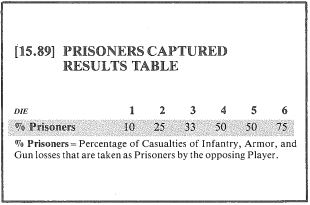
If a unit is engaged, they are locked in combat. This carries a few problems with it, mostly extra point expenditures if the unit wishes to move or leave combat.
Final Thoughts
That’s the gist of how combat works in Campaign for North Africa. As with every aspect of CNA, there are loads of other bits and pieces I left out for the sake of the tutorial.
Things like choosing if your artillery gun-line is Forward or Back and how that affects Close Assault, unit stacking (Note: it is allowed), how terrain and morale affect combat, and performing a Probe attack, just to name a few.
This game is complicated. That’s kinda the whole point of this series.

